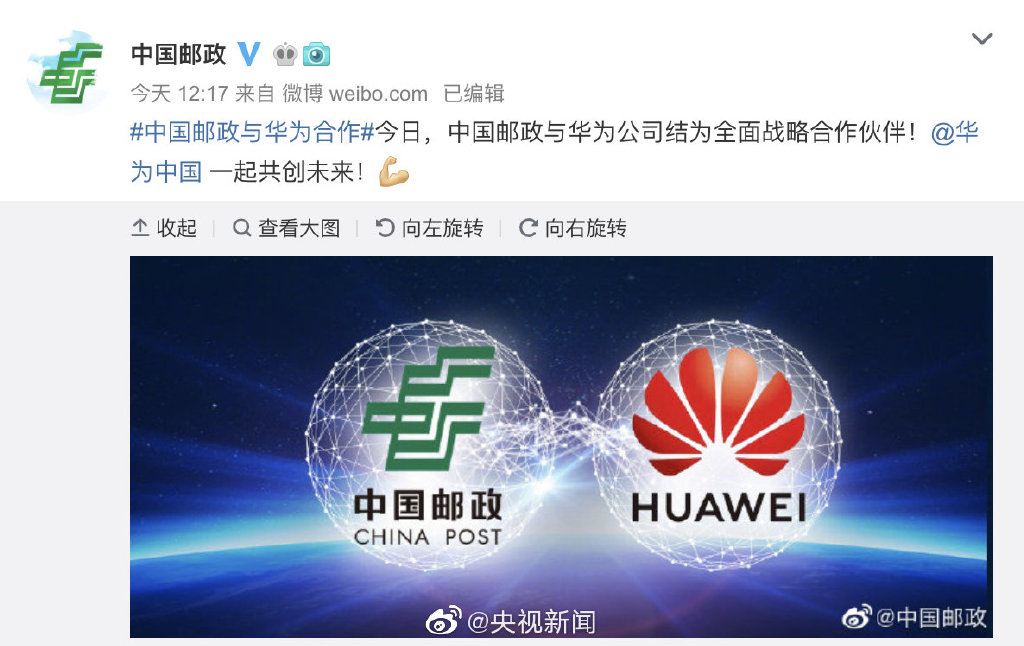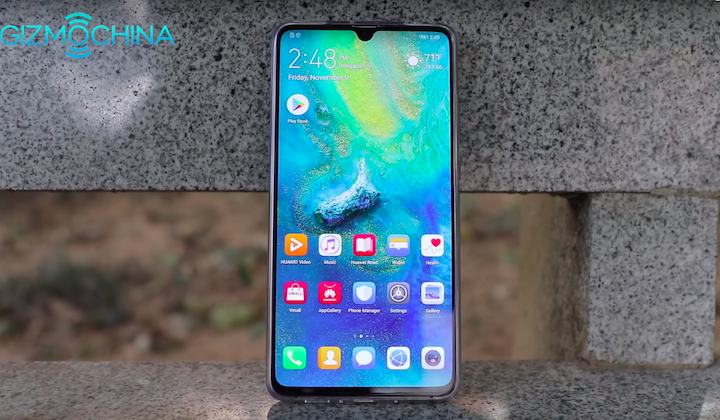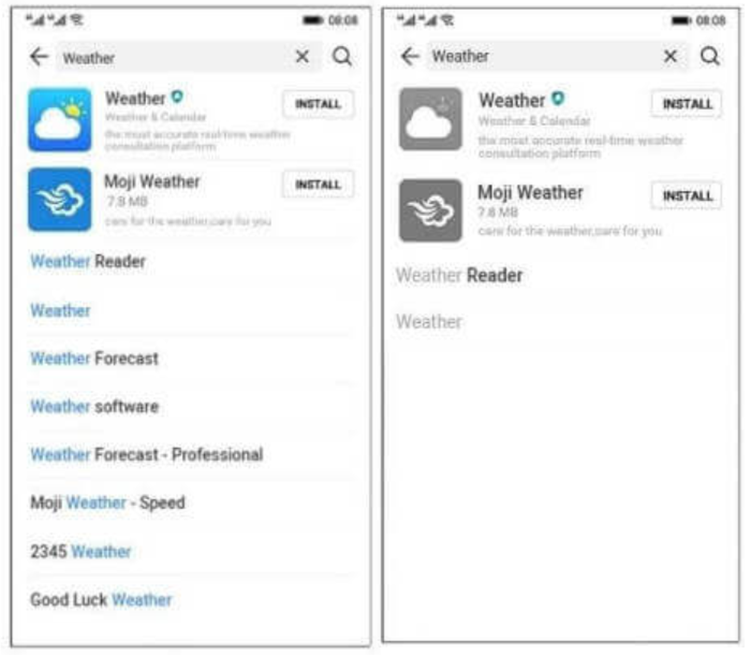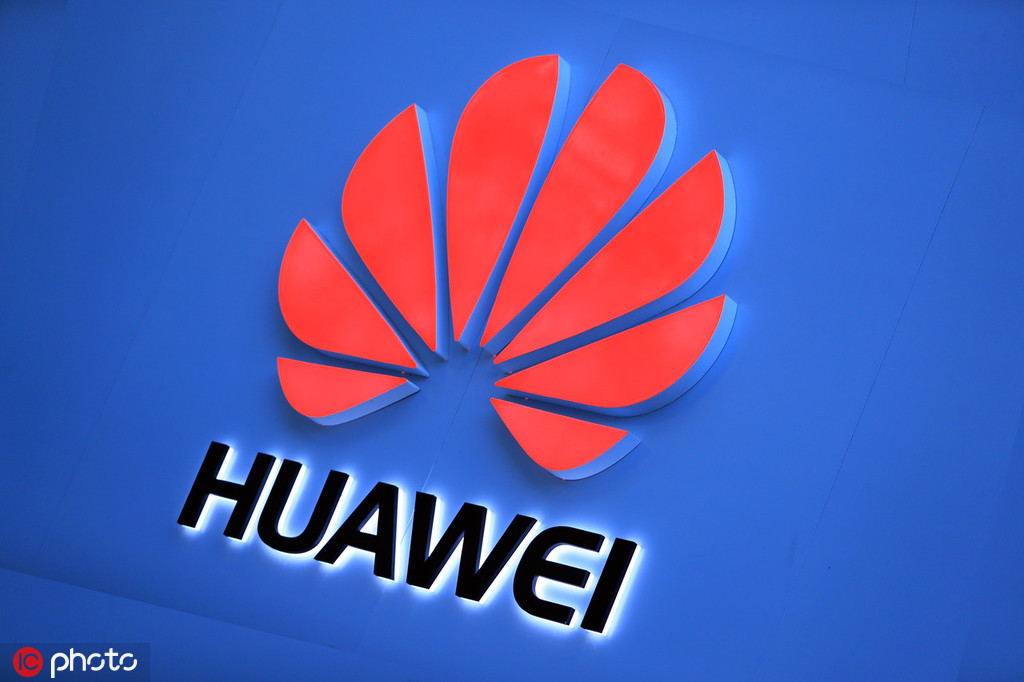Huawei's operating system in pipeline
By MA SI | China Daily | Updated: 2019-06-11 07:58
Huawei Technologies Co seems to be moving very fast to prepare for the launch of its self-developed operating system, as the Chinese tech giant has reportedly shipped 1 million smartphones with the software onboard for testing.
The move is part of Huawei's broader effort to offset the fallout of the US administration's ban on the world's second-largest smartphone vendor and the world's largest telecom equipment maker.
The agency-only institutional brokerage firm Rosenblatt Securities said in a smartphone supply chain report that Huawei has allegedly shipped 1 million smartphones with its self-developed "HongMeng" operating system onboard for testing.
According to the report, Huawei's in-house software is said to be compatible with all Android applications and has "increased security functions to protect personal data".
China Daily quoted Yu Chengdong, CEO of Huawei's consumer business group, as saying in an earlier report that the company's own operating system will be available "as early as this fall or next spring at the latest".
The operating system will support mobile phones, computers, tablets, televisions, cars and smart wearable devices, Yu said in a WeChat group involving some internet experts.
The comments came after Google said it would partially cut off Huawei devices from its Android operating system to comply with the US restrictions on Huawei. But later, the US government said on May 20 that it could delay its ban, which gave Huawei's existing devices access to Android for 90 days.
To prepare for a backup plan to deal with a worst-case scenario, Huawei has been working hard to develop its own operating system for a long time. As part of the latest developments, Huawei Central, a website focusing on Huawei-related news, reported that Huawei has filed "HongMeng" trademark applications with almost every possible intellectual property organizations around the globe.
The registration application for "HongMeng" has been filed in countries and regions including Canada, Mexico, South Korea, Australia and Europe, Huawei Central reported.
Huawei did not respond to the requests for comments on the story.
Meanwhile, Google was also reported to have warned the US administration that it risks compromising US national security if it goes ahead with export restrictions on Huawei, and has asked to be exempted from any ban.
The Financial Times reported that Google has expressed its concerns that the restrictions would prompt Huawei to develop its own version of the operating system, or a hybrid Android, which will be more susceptible to being hacked.
Xiang Ligang, director-general of the Information Consumption Alliance, said Google's argument is motivated by concerns that Huawei's self-developed operating system will reduce Android's dominance in the global smartphone market.





















